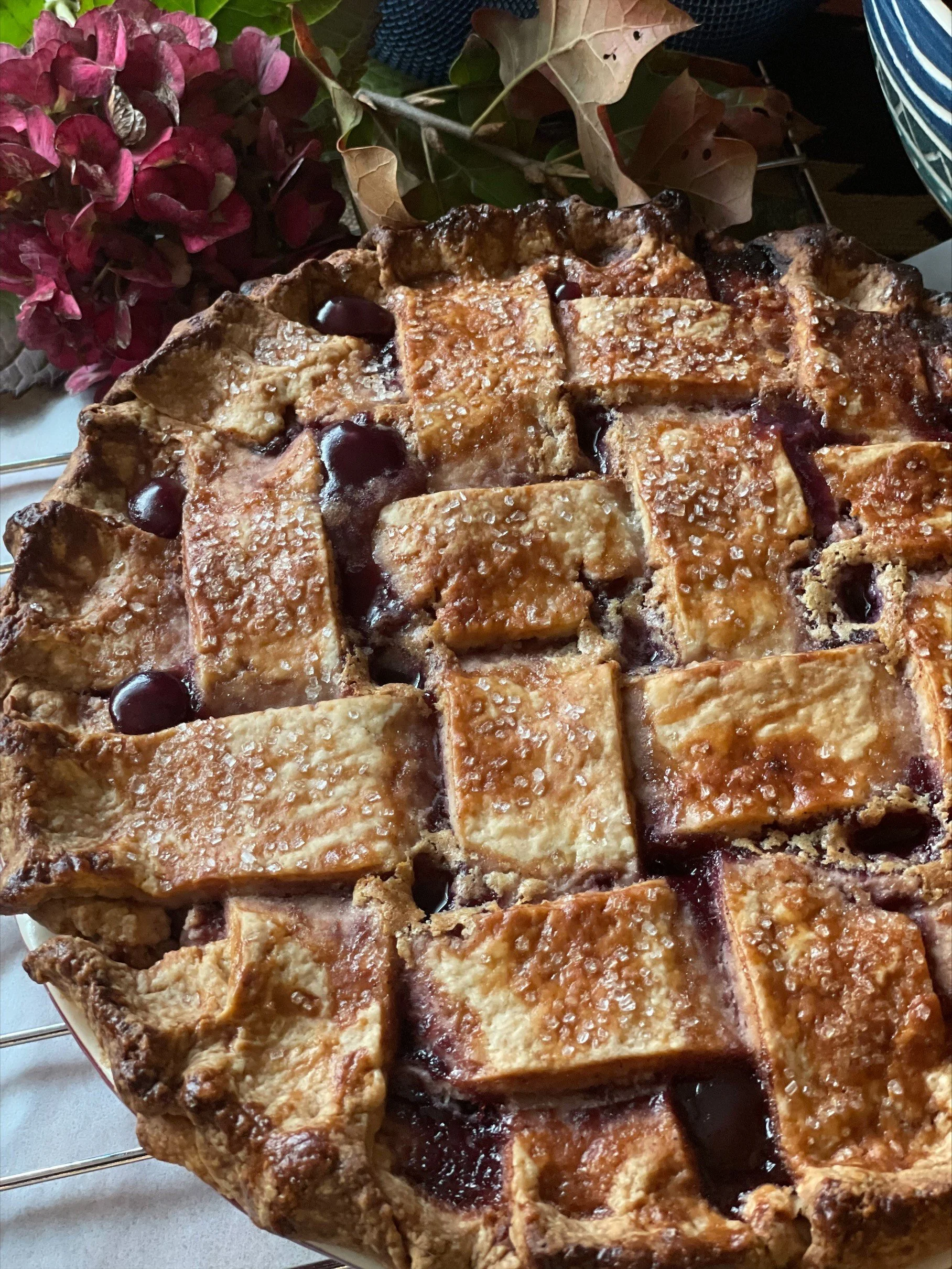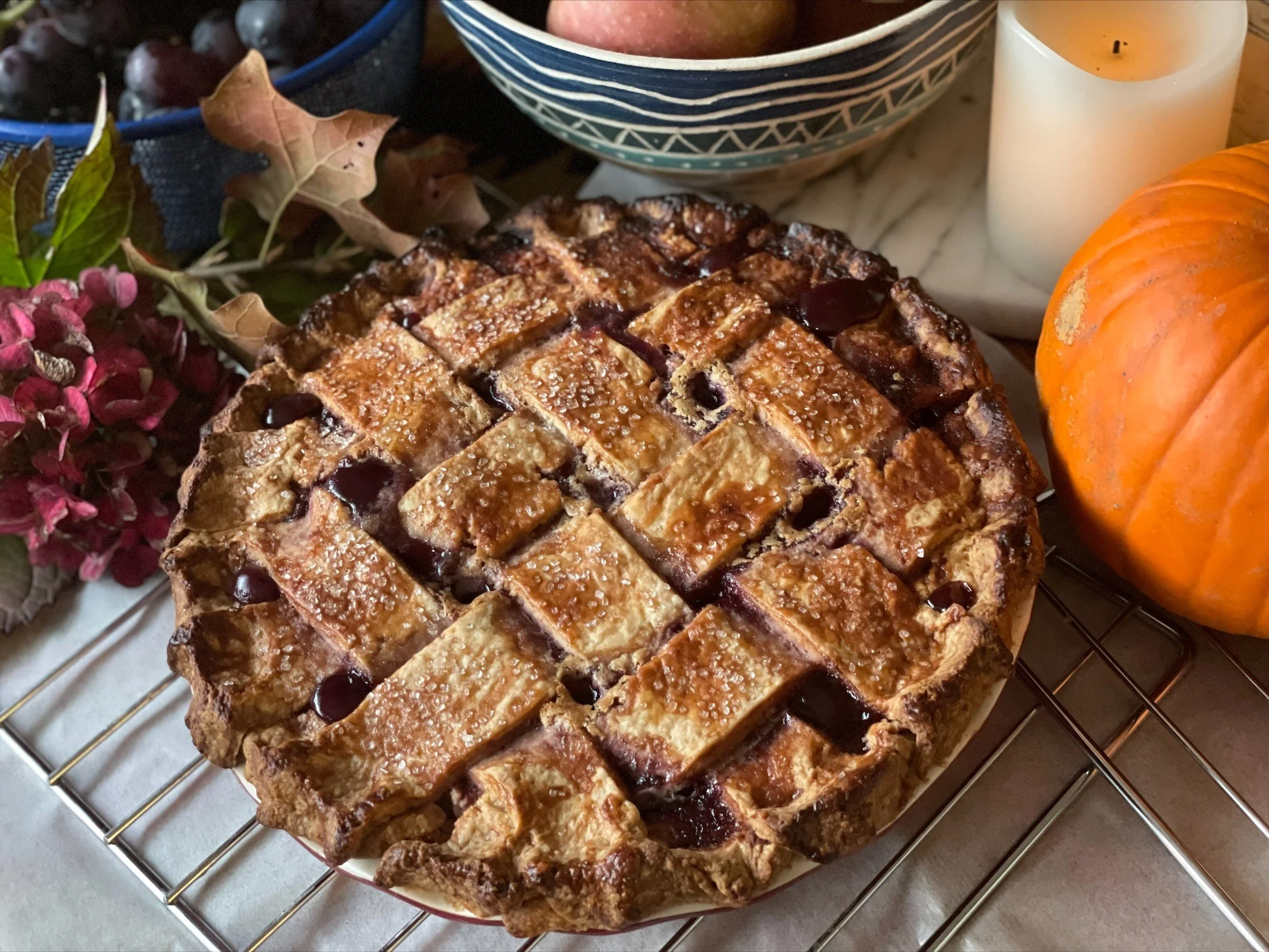Professor Butter Beard’s “Bacchus”
“That was how his pen finally designed his sculpture; in the center the weak, confused, arrogant, soon to be destroyed young man holding cup a loft, behind him the idyllic child, clear-eyed, munching his grapes, symbol of joy; between them the tiger skin. The Bacchus, hollow within himself, flabby, reeling, already old; the Satyr, eternally young and gay, symbol of man’s childhood and naughty innocence”
― Irving Stone, “The Agony and the Ecstasy”
I was chatting with my best professor buddy Edoardo this week. What started as commiserating therapy discussing the refreshingly new excuses our students were concocting to explain their missing assignments took a delicious turn when I mentioned that I was currently absorbed with thoughts of Michelangelo. “My lifelong hero,” stated Edoardo. “He should have been canonized already,” he continued. “I got a bone to pick with Francis.” While I agree that the master did create miracles on ceilings and in marble stone, there might just be a few hurdles to leap before he gets fitted for his halo.
Just after his twenty-first birthday, Michelangelo accepted the commission from Lorenzo de Pierfrancesco de’ Medici for a life-size “Sleeping Cupid.” It was already a controversial choice. The Florentine friar Savonarola has been railing in his sermons against such pagan art. Lorenzo, after seeing the nearly completed work, made a rather curious proposal. “If you can manage to make it look as if it had been buried under the earth, I will forward it to Rome where it will be taken for an antique and you will sell it much better.” Scholars believe Michelangelo was already an old hand at perpetrating such frauds, having made copies of old-master drawing that he had antiqued with smoke and passed off as originals. But this time, he was caught.
The Cupid was sold in Rome as an “antique” for the sum of 200 ducats to Raffaele Riario, Cardinal di San Giorgio, who had already amassed one of the world’s best collections of ancient sculpture. Upon discovery of the fraudulent nature the work, the Cardinal was initially angry at “being such a fool,” and sent his representatives to Florence to discover the author of the hoax and demand a refund of the 200 ducats. In a somewhat subdued letter, the Cardinal asked Michelangelo if he was courageous enough to make his own work, instead of copying other masters. As a result, Michelangelo agreed and using a block of life-sized marble created the masterpiece “Bacchus, with Pan.”
Miles Unger writes that Michelangelo gave the ancient subject a “modern twist, showing the god of wine teetering after having sampled too freely his own invention.” The drunken deity lurches unsteadily on his feet as he steadies himself with the mischievous aid of Pan who sits behind him greedily stuffing grapes into his mouth. The handsome, boyish god raises a full cup to his ready lips, his small head lolling uncertainly and his eyes groggy with imminent sleep. The artist’s interpretation of Bacchus suggested to Giorgio Vasari "both the slenderness of a young man and the fleshiness and roundness of a woman,” and its androgynous quality has often been noted and discussed among scholars and historians.
After gazing upon the final product, Cardinal Riario refused to accept the piece for he deemed it too sinful, “a symbol of sexual desire.” By 1506, the sculpture found its way into the collection of Jacopo Galli, banker to both the Cardinal and Michelangelo, who also curated his own garden filled with antiquities near the Palazzo della Cancelleria. There it first appeared in a drawing by Maarten van Heemskerck before being purchased for the Medici and transferred to Florence in 1572.
When Bacchus dances in my mind, the dreams are always accompanied with the smell, taste and color of autumn grapes. My grandparents cultivated concord grape vines that created a tent-like tapestry drape over their summer patio. Every fall, we made the sweetest juices, the most royal purple jellies and experimented with multiple variations of pies and tarts. I developed this Concord Grape Pie recipe for the Green Street Café in Northampton and it sold out every evening from September through November. Thank you, Michelangelo, and I promise, Edoardo, I’ll have your back with you have that chat with Francis.
Concord Grape Pie
One two-crust pie
Pie crust:
1/3 cup room-temperature water
4 tsp cornstarch
2 ¼ cups all-purpose flour
4 tsp granulated sugar
½ tsp kosher salt
1 ½ tsp ground ginger (I also add a few pieces of crystallized ginger)
20 Tbsp unsalted butter (2 ½ sticks), cut into small pieces
¼ cup cold buttermilk
Filling:
6 cups concord grapes, rinsed (should give you about 4 cups pulp)
1 Tbsp fresh lemon juice (you can also try a flavored balsamic such as blackberry or ginger)
1 cup granulated sugar
5 Tbsp all-purpose flour
3 Tbsp cornstarch
½ tsp ground allspice
½ tsp ground cinnamon
½ tsp fine sea salt
1 ½ Tbsp unsalted butter (cut into small pieces)
1 egg mixed with 1 Tbsp water (to brush over the top crust before baking)
1) In a small microwavable bowl, whisk together the water and cornstarch. Microwave on high for a total of 40 seconds, stirring once after 20 seconds. Let cool for five minutes and then chill in the freezer for 10 minutes while you start the pie dough.
2) In a food processor, pulse together the flour, sugar, salt and dried ginger.
3) Add the butter to the processor and pulse until the butter is broken down and the mix looks like lumpy sand.
4) Add the chilled cornstarch mix and the buttermilk and pulse until mix just starts to come together.
5) Dump the mixture into a medium bowl and gather the dough together by lightly squeezing it into a ball. Divide the dough into two discs, wrap each in plastic wrap and chill at least 2 hours before use.
6) Roll out one of the dough discs to 1/8-inch thickness and line your pie plate with the dough leaving the overhang. Place the plate in the refrigerator to chill. Roll the second disk to 1/8-inch thickness and chill on a cookie sheet while you make the filling.
7) Squeeze the grapes to release the pulp into a medium pan. Set aside the skins. Bring the pulp to a full bowl and then press through a sieve to remove and discard the seeds. Stir the reserved skins into the seedless pulp and set aside to cool to room temperature.
8) Preheat your oven to 425 degrees.
9) Whisk together the sugar, flour, cornstarch, spices and salt. Fold into the cooled grape mix.
10) Pour the mix into the chilled pastry, dot with the 1 ½ Tbsp butter pieces and top with the chilled pastry top crust. I prefer to lattice the top (if you have the time). Brush top with egg wash and sprinkle with sugar (if desired).
11) Bake for 15 minutes and then reduce the heat to 350 degrees and continue to bake for 40-45 minutes until filling is bubbling and top is golden brown.



